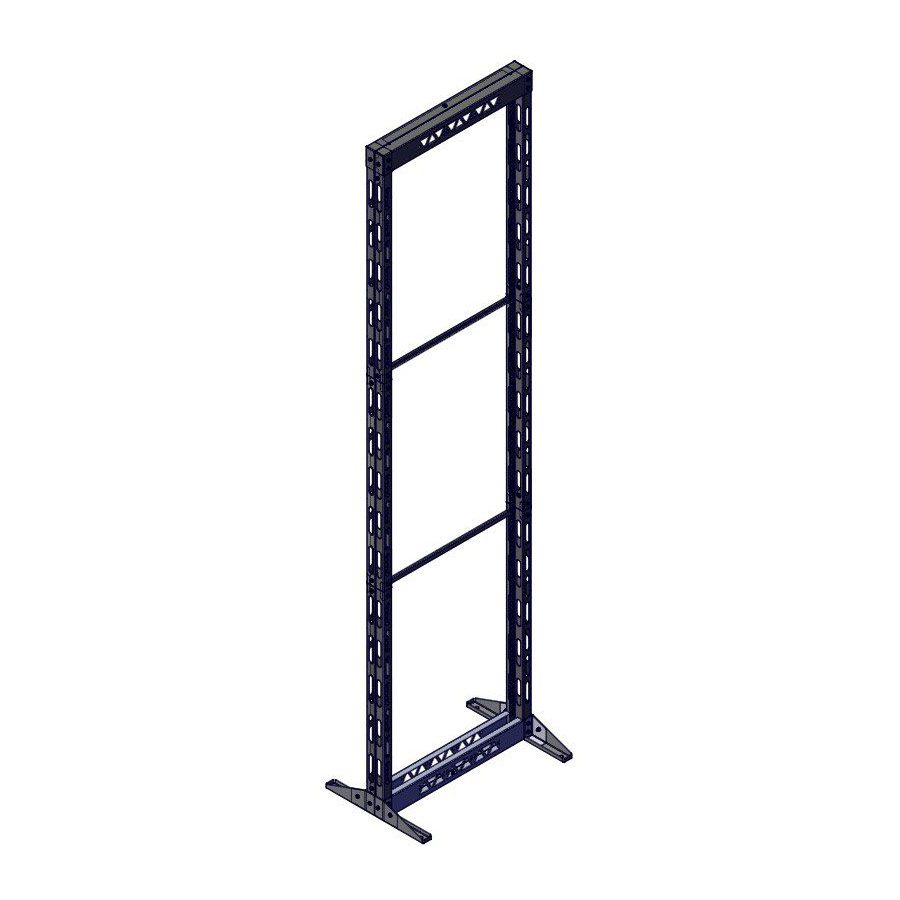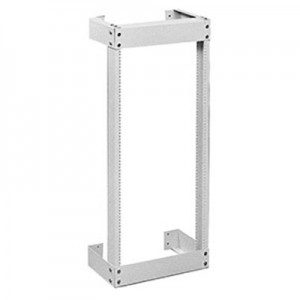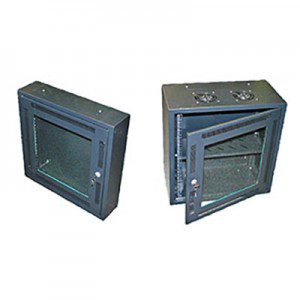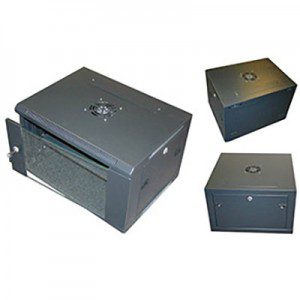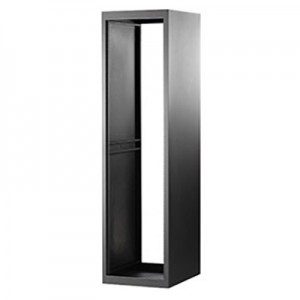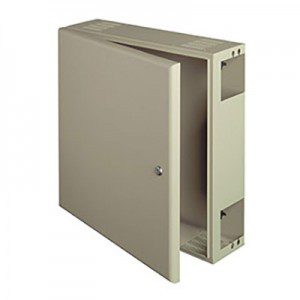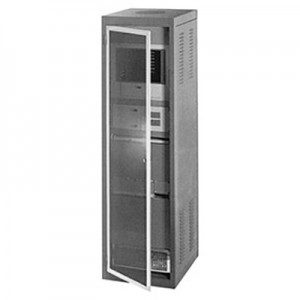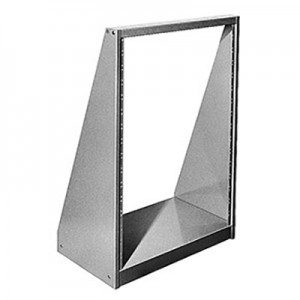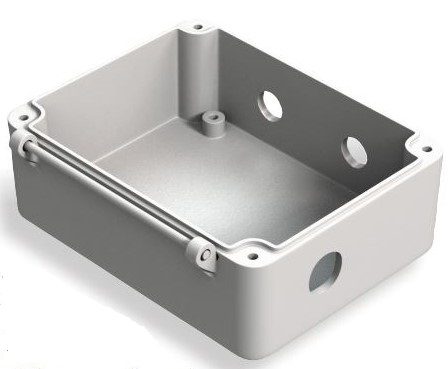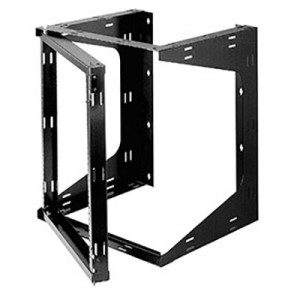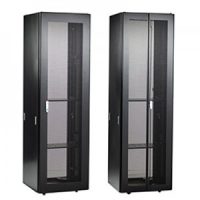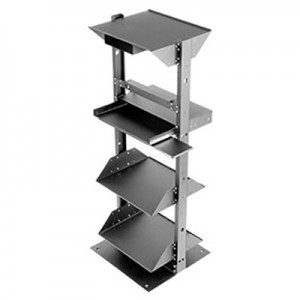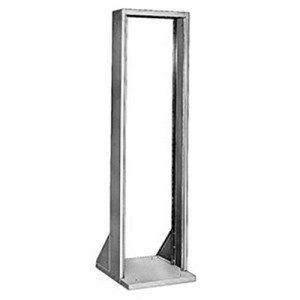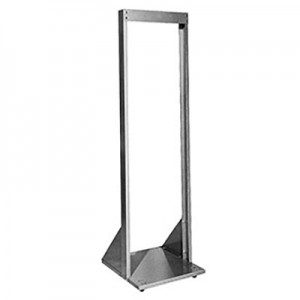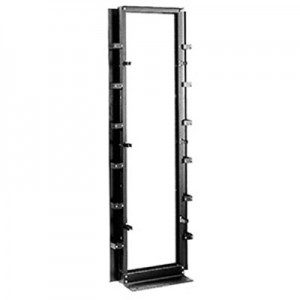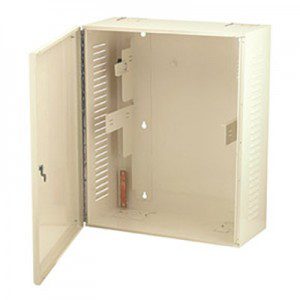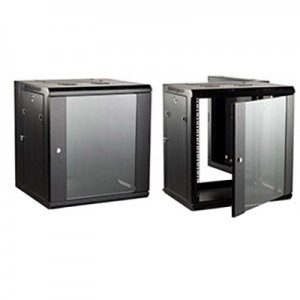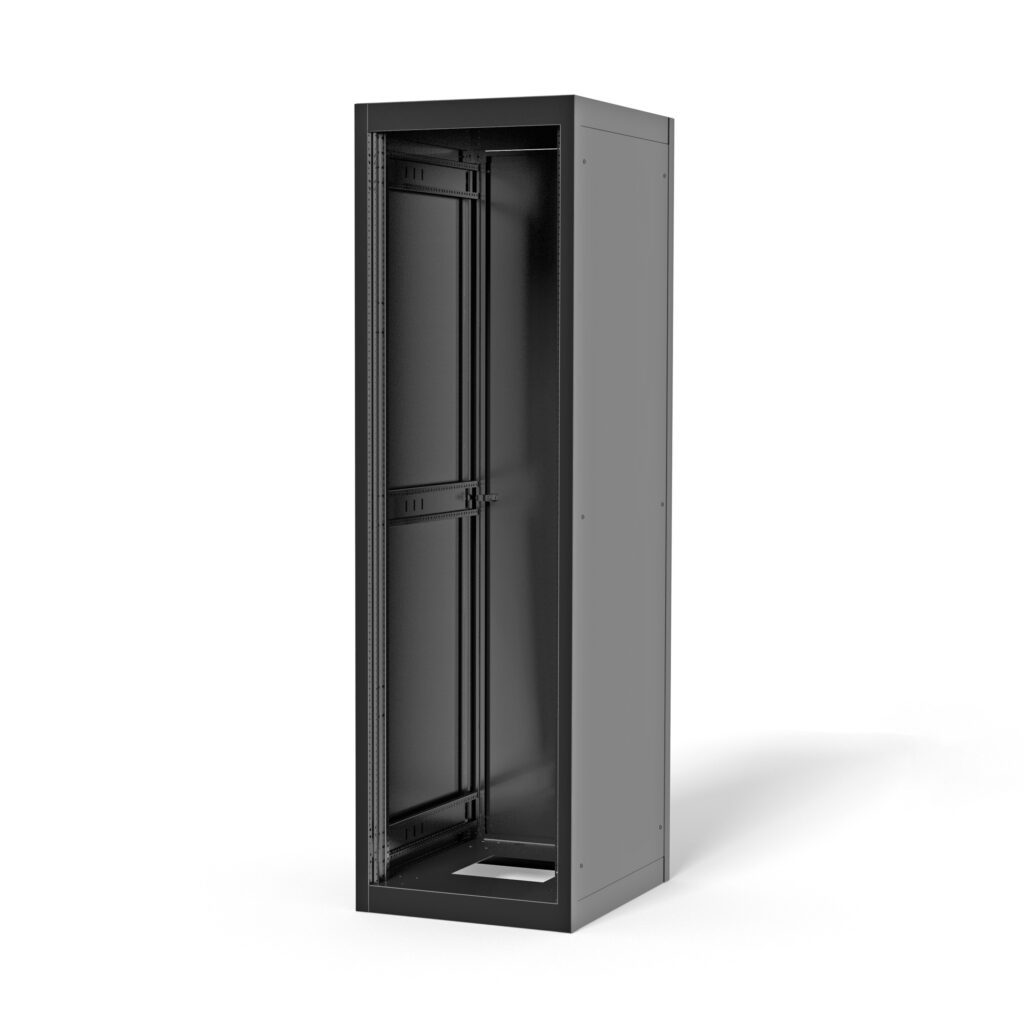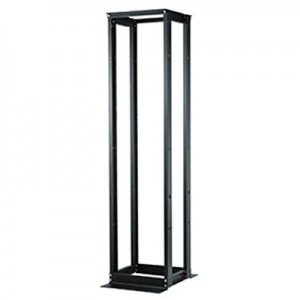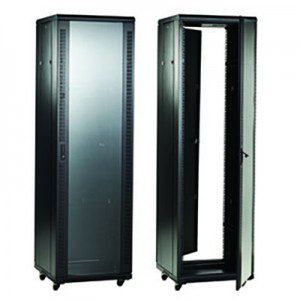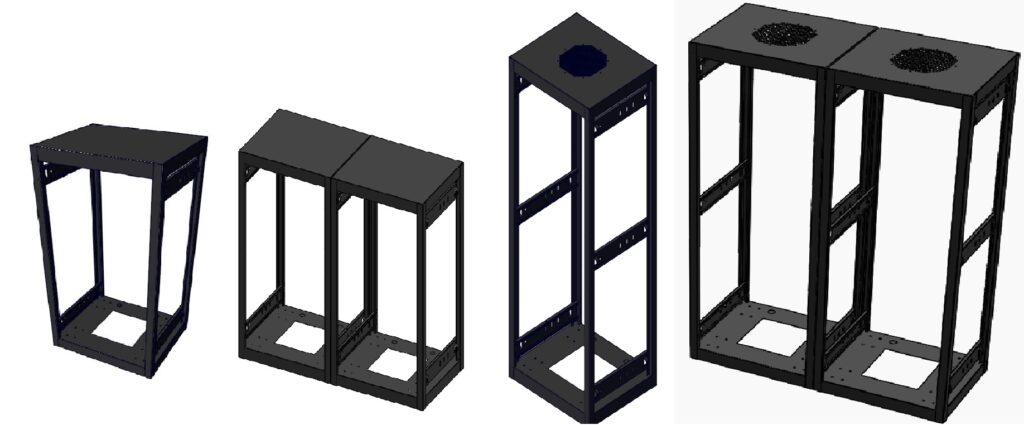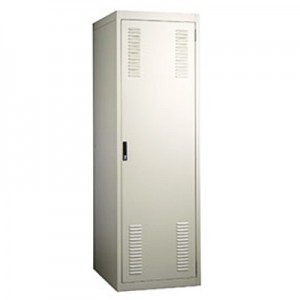What is the purpose of a relay rack?
A relay rack, also called an open rack, open-bay rack, server rack, telco rack, data rack, or networking rack, is a steel or aluminum frame used to mount communications and networking equipment such as interconnect patch panels, switches, and servers. The upright posts have mounting holes at standard spacing.
Two-post racks are the most affordable; four-post racks provide more stable equipment support. Two post Relay racks typically must be secured to the floor, ceiling, or wall.
What is the difference between a rack and a relay rack?
Unlike a cabinet rack, which is enclosed, a relay rack is completely open, allowing for air ventilation and easy access. Commonly the two-post racks are called relay racks, although some people refer to any open rack (including four-post racks) as relay racks.
Selecting a Relay Rack
The first consideration of buying a relay rack is the choice between two-posts and four-posts. Four posts may be preferred for mounting large servers and for large-scale applications where multiple mounting points is critical. Not surprisingly, a four-post rack is roughly twice the cost.
Another consideration is shipping and handling. Many relay racks ship knock-down. However, large racks usually ship in two heavy boxes, which complicates receiving and storing. When it comes time to install the rack, the second box may be hard to find, adding time to the process. Bud offers lightweight yet strong modular racks that assemble in minutes and fit in one small box. Take a look at our XR2 rack, which one person can easily carry to the job site.
Of course, you need to specify the width and height of the rack. Bud offers both 19-inch and 23-inch width racks. Internal heights range from 21 to 77 inches.

